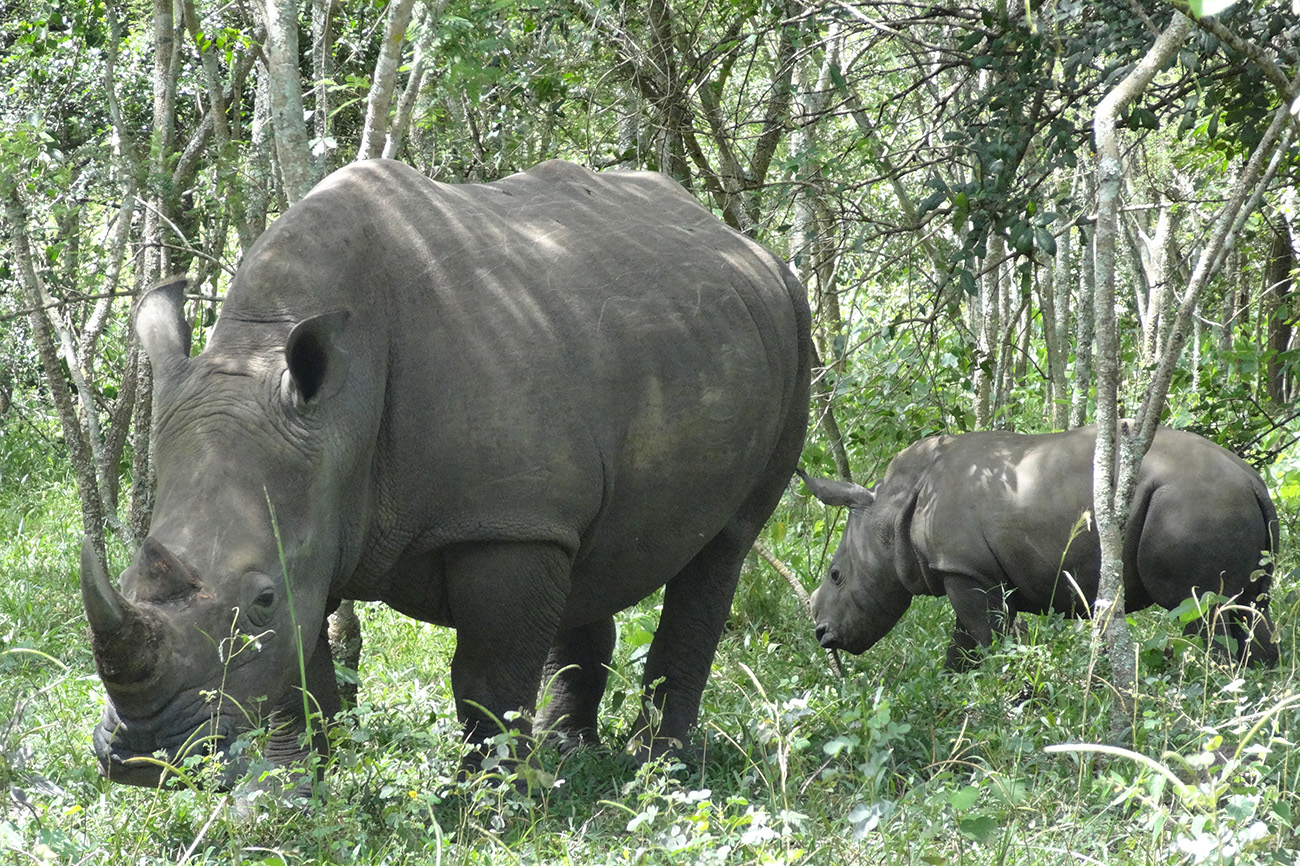The Wonders of Life: Unveiling the Gestation Cycle of the African Rhino
The Gestation Cycle of the African Rhino. These majestic creatures, with their unique characteristics and incredible adaptations, undergo a remarkable process of reproduction that contributes to the survival of their species.
The African Rhino:
African rhinos are divided into two species: the black rhinoceros (Diceros bicornis) and the white rhinoceros (Ceratotherium simum). While both species face threats from habitat loss and poaching, understanding their gestation cycle sheds light on the crucial aspects of their reproductive biology.
Gestation Period:
The gestation period, or the time it takes for a female rhino to carry and nurture her offspring in the womb, varies between the black and white rhinoceros; On average, the gestation period for black rhinos is around 15 to 16 months, while white rhinos typically have a longer gestation period of approximately 16 to 18 months.
Mating Behavior: – The Gestation Cycle of the African Rhino
Rhinos are generally solitary animals, and their mating behavior is intriguing. Female rhinos reach sexual maturity between 6 to 7 years of age, while males mature slightly later. During the mating season, which can occur throughout the year, males actively seek out females, marking their territories and engaging in courtship rituals. Once a compatible pair is established, mating occurs, initiating the gestation process.
Pregnancy and Birth:
The pregnant female, known as a cow, experiences a gradual increase in body weight and may alter her behavior during the gestation period; Rhinos give birth to a single calf, and the timing of births is not synchronized among the population, contributing to the challenges faced by conservationists in monitoring and protecting these vulnerable animals.
Calf Development: – The Gestation Cycle of the African Rhino
Rhino calves are born relatively well-developed, capable of standing and walking shortly after birth. They stay close to their mothers for protection and nourishment, forming a strong bond that lasts for several years. The mother invests significant time and energy in raising her calf, teaching it essential survival skills in the wild.
Conservation Challenges:
While the gestation cycle is a testament to the wonders of life, these magnificent creatures face numerous threats, with poaching being one of the most critical issues; The illegal trade of rhino horns continues to jeopardize their populations, emphasizing the urgent need for conservation efforts and community engagement to ensure the survival of these iconic species.
Conclusion/Remarks – The Gestation Cycle of the African Rhino
As we reflect on the incredible gestation cycle of African rhinos on this special occasion, it is crucial to recognize the importance of conservation initiatives in safeguarding these majestic creatures; By understanding and appreciating their reproductive biology, we can work towards ensuring a future where the African rhino continues to roam the wild, contributing to the rich tapestry of life on our planet.








